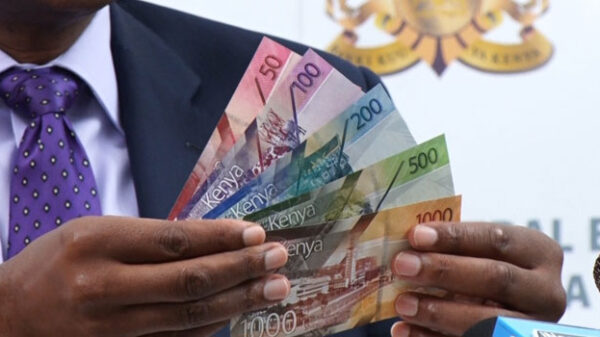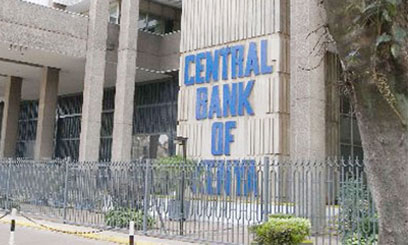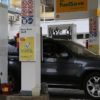NAIROBI, Kenya Oct 7 – The cost of living is expected to remain relatively high despite attempts by the Central Bank of Kenya to tighten monetary policy, research analysts at PineBridge Investments have said.
On Wednesday, the CBK’s Monetary Policy Committee (MPC), defied market expectation and raised its benchmark interest rate by 400 basis points to 11 percent from seven percent earlier.
The analysts say this is expected to raise lending rates, discouraging new investment in productive sectors, especially in manufacturing and stem market volatility that has been the case all year.
“We reiterate our view that macro-economic fundamentals at the moment appear weak and financial inflows remain low in the face of lesser global risk appetite,” PineBridge senior Investment Manager Edward Gitahi said.
Gitahi said inflation will continue rising, to hit 20.7 percent in the first quarter of next year, before cooling off.
“We expect the current measures to start bearing results in the second-half of next year, when food prices go down after agriculture recovers and other commodity prices are moderated,” Gitahi said.
September inflation raced to a new high of 17.32 percent, fuelling further speculation the country was not out of the woods yet.
David Achungo, an investment manager at PineBridge said that with commercial banks all but expected to hike their interest rates, economic growth might slow down as investors shy away from loans that are more expensive needed to drive growth.
“The high cost of credit will prompt companies to hold liquidity to hedge against a weaker shilling as well,” Achungo said.
The Kenyan shilling has continued to edge up against the dollar out to Sh100.80 against the dollar after closing yesterday’s trade at Sh101.33.
However, Gitahi said there was little reason to be bullish about the shilling in the near term even with the CBK intervention.
He opined that the shilling has been one of the fastest depreciating currencies, losing 24.9 percent to the dollar, adding he expects it to trade between the Sh98/100 band for the rest of the year.
He said external factors such as flight to safety by investors to the dollar from the Euro will create pressure on the dollar shilling pairing.
“The depreciation in the regional currencies seems to be in part explained by a marked rise in global market volatility, a deteriorating macro environment and lower usable foreign exchange reserves leading to a sell-off in local assets,” he said.



































